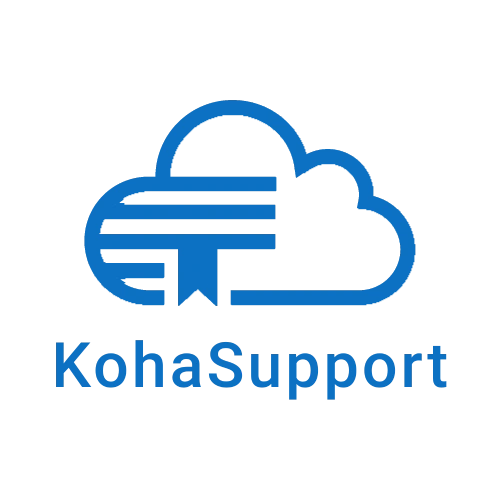Cataloguing in Library Management
Cataloguing is a foundational process in library management that involves organizing, describing, and classifying library materials such as books, journals, digital media, and other resources. In a Koha library system, cataloguing enables accurate discovery, retrieval, and management of items within the collection by ensuring that every item has a complete and standardized bibliographic record.
Why Cataloguing Matters in Koha
Within Koha, cataloguing is done using MARC (Machine-Readable Cataloging) format, a globally recognized bibliographic standard. Each bibliographic record in Koha contains key information such as:
-
Title and author
-
Publisher and publication date
-
Physical description
-
Language
-
Subject headings
-
Classification (e.g., DDC or LCC)
-
ISBN and identifiers
Koha’s flexible cataloguing module allows librarians to create, edit, and manage these records directly via the staff interface or import them from Z39.50-compatible sources.
Key Elements of Cataloguing
The cataloguing process typically includes the following components:
- Descriptive Cataloguing – Recording the physical and bibliographic details of an item (e.g., title, author, edition).
- Subject Cataloguing – Assigning standardized subject headings using vocabularies such as the Library of Congress Subject Headings (LCSH).
- Classification – Applying classification numbers such as Dewey Decimal Classification (DDC) or Library of Congress Classification (LCC) to organize materials by subject.
- Authority Control – Ensuring consistency in author names, series titles, and subject headings through the use of authority records.
- Standardization – Adhering to rules like the Anglo-American Cataloguing Rules (AACR2) or Resource Description and Access (RDA) for consistent data entry.
Cataloguing in the Koha Interface
Koha provides an intuitive cataloguing interface with the following features:
-
MARC editor with templates
-
Authority file linking
-
Batch record import/export
-
Z39.50 search and copy cataloguing
-
Item-level metadata (barcodes, shelving location, item types)
Cataloguers can define their own frameworks for different material types (e.g., books, DVDs, journals), allowing for structured and efficient metadata entry.
Cataloguing Physical vs. Digital Resources
Whether your Koha library manages a physical collection or digital resources, cataloguing remains essential for:
-
Enabling discovery through the OPAC (Online Public Access Catalog)
-
Supporting interlibrary loan and union catalogs
-
Streamlining acquisitions, circulation, and inventory workflows
Digital materials such as eBooks and streaming content are catalogued using the same MARC principles, often with added fields for persistent links, licensing information, and access notes.
Benefits of Cataloguing in Koha
✅ Improved user access through organized metadata
✅ Efficient retrieval via search filters and facets in the OPAC
✅ Interoperability with external databases and repositories
✅ Data consistency across the collection
Final Thoughts
In Koha and other modern library systems, cataloguing is more than a data entry task—it is a strategic process that ensures library resources are discoverable, accessible, and manageable. By using standards-based cataloguing and classification practices, libraries create a sustainable and searchable foundation for both physical and digital collections.
With Koha’s built-in cataloguing tools, even small libraries can take full advantage of MARC cataloguing, Z39.50 copy features, and authority control—ensuring their collections are organized, scalable, and ready for the future.
